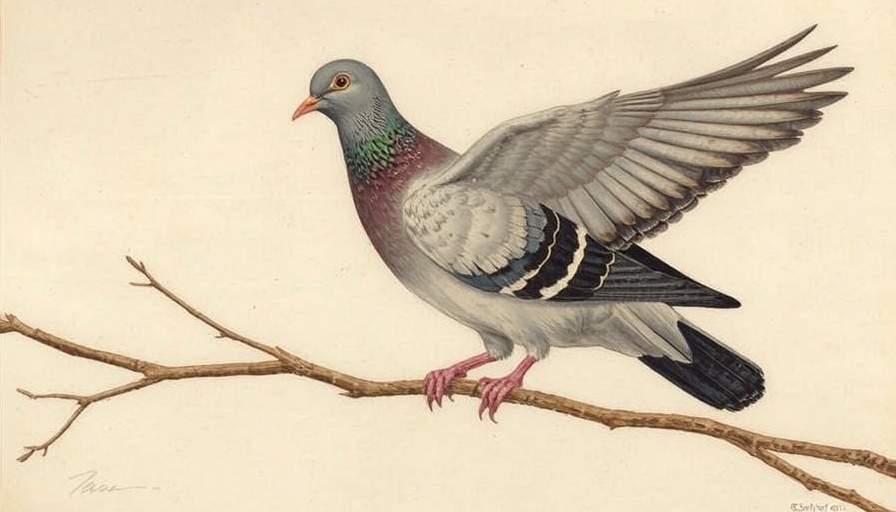
The Legend of the Kingfisher: A Love Story
In ancient Greek mythology, the halcyon days are derived from a poignant love story involving the beloved figures Ceyx and Alcyone. Their deep bond was cut short by the wrath of Zeus, who struck Ceyx’s ship with a thunderbolt. In her despair, Alcyone leaped into the turbulent sea after him. However, their tragic fate captured the sympathy of the gods, who turned them into beautiful kingfishers as a reward for their unwavering love.
Halcyon Days: A Symbol of Peace
The transformation into kingfishers brought with it a divine gift: a period of serenity. Every year, these birds nest during a span of seven days characterized by calm weather, which has led to the modern interpretation of “halcyon days” as any moment of peacefulness amidst life’s storms. This mythological tale not only celebrates love but also emphasizes the beauty of calm that can emerge from chaos, making it relatable in today’s fast-paced world.
A Modern Connection to Nature
Today, the legacy of the halcyon birds persists, as many species of kingfishers bear names like “Ceyx” or “halcyon”. This connection to mythology deepens our appreciation of nature and its wonders. Kingfishers thrive in various ecosystems, showcasing vibrant colors and remarkable diving skills that underline their place in both folklore and natural history.
The Impact of Bird Conservation
Understanding the backstory of birds like the kingfisher invites us to empathize with their plight amid environmental changes. As we reflect on the myth of Ceyx and Alcyone, it is crucial to consider the impact of habitat loss and climate change on these majestic creatures. Conservation efforts have become increasingly necessary to ensure that future generations can witness the beauty of kingfishers and celebrate the halcyon days they represent.
Every tale of love and resilience reminds us of nature’s delicate balance. The story of the kingfisher reflects both mythological and real-world challenges we face today. It serves as a gentle reminder to cherish the tranquil moments and make active choices for our environment.
 Add Row
Add Row  Add
Add 




Write A Comment